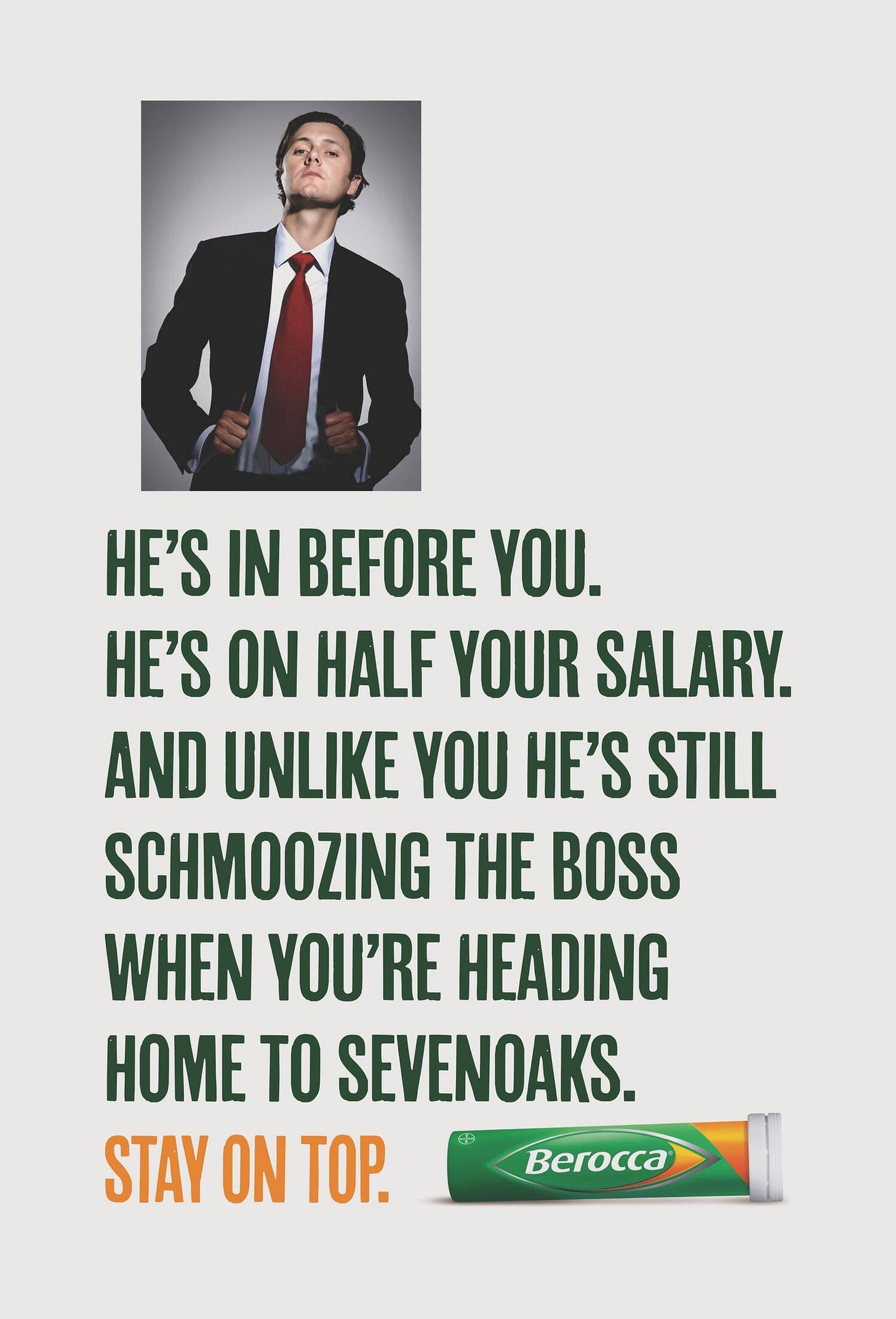3. Scared of Losing? We all are.
The superhero in the field of behavioral science - loss aversion
While recently booking a flight ticket, I came across this choice:
I decided to take the risk, but I could not help but admire this fine example - of one of the best ideas in the field of behavioral science:
The idea of “loss aversion”.
Behavioral science has many unique theories on human heuristics and biases. But the concept of "loss aversion," a theory proposed by Nobel prize-winning psychologists Daniel Kahneman and Amos Tversky, finds widespread use, especially in marketing, because it is universal and deep-rooted.
Loss aversion means that the prospect of a loss affects us more than an equal gain. For example, the pain of losing 100 bucks affects us more than getting 100 bucks does.
This insight has profound implications for understanding human decision-making. It explains why we hoard things and feel reluctant to throw away old things. Yes, I am talking about you.
Marketers love using this concept as messages focussed on avoiding a loss ("save 100") work better than those highlighting a gain ("get 10% off").
This idea is all around us - just take a look at the promotional emails in your inbox, and you will find:
The FOMO promo - Courses on Udemy seem to be forever on sale, and all will apparently end soon. Black Friday and Cyber Monday are manifestations of the same idea.
Choose to lose? The Travel insurance offers, making me select ‘ I will take a risk,’ reminds me of the potential loss I might face if I do not choose their product.
Spend = Save Promos that push customers to spend more because they will “save more.”
Date Change/Cancellation - Airlines deducting from your booked fare on cancellation and date change are also using loss aversion to discourage you from changing your plans
So, how do brands create the right loss aversion messaging for their product?
By identifying the customer's relevant needs, problems, or goals and how the product can fulfill that goal better than anything else. Ask the following questions -
⚡ What specific problem is the customer looking to solve?
{This helps identify the customer's primary need or pain point.}
⚡ Is there anything specific the customer wishes the product/service could do for them?
{This can uncover unmet needs and ideas for product positioning.}
⚡ What emotions do they hope to feel when using the product/service?
{This taps into the emotional response or satisfaction they seek from the product.}
⚡ How do they want to be perceived by others when they use a product/service?
{ This reveals the social aspect of their purchase, like prestige or belonging to a particular group.}
My all-time favorite product campaign for loss aversion is the one for Berocca here -
Let’s identify the consumer insight behind this campaign by using the above four questions -
Solve a specific problem: Sustained mental and physical energy to stay competitive in demanding environments.
Specific Expectations for the Product/Service: Quick boost of energy and support long-term health and well-being without any side effects
Emotions When Using the Product/Service: Empowerment, confidence, and a sense of superiority
Perception of Others When Using the Product/Service: A high achiever at the top of their game
Leveraging this human truth that people feel competitive in the professional world against those who are seemingly more successful or competent, Berocca instigates a fear of missing out on potential personal and professional achievements by implying that if you do not take action (i.e., use Berocca), you will inevitably be left behind!
Have you noticed loss aversion in any ads? I would love to hear your comments and feedback below!









